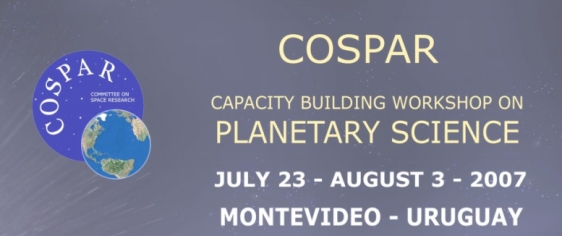
Hands-on session on SPICE.
Getting SPICE kernels.
There are two main sources of kernels:
- ftp://gorilla.estec.esa.int/pub/projects/[mission]/data/spice/kernels
- [mission] refers to MEX, VEX, Smart-1 or Rosetta, depending on the mission.
- All the kernel names are in capitals to be PDS compliant.
- ftp://naif.jpl.nasa.gov/pub/naif/[mission]
- [mission] refers to ESA and NASA missions.
- NASA kernels are in small letters.
About kernels file names: the first letter of the extension identifies whether it is binary or text, and the rest the type of kernel. Examples:
- EARTHFIXEDITRF93.TF: text FK.
- de414.bsp: binary spk.
- DE403-MASSES.TPC: text PCK.
- EARTH_000101_071017_070726.BPC: binary PCK.
Kernels you might need.
- You'll need the leapseconds kernel: naif0008.tls.
- de414.bsp: most up to date SPK kernel with ephemeris information about the Solar System bodies.
- The S/C clock and frames kernels for the mission you are working with.
- Some planetary constants kernel.
Getting information about the kernels
Getting help.
The toolkit comes with a very nice html reference.

